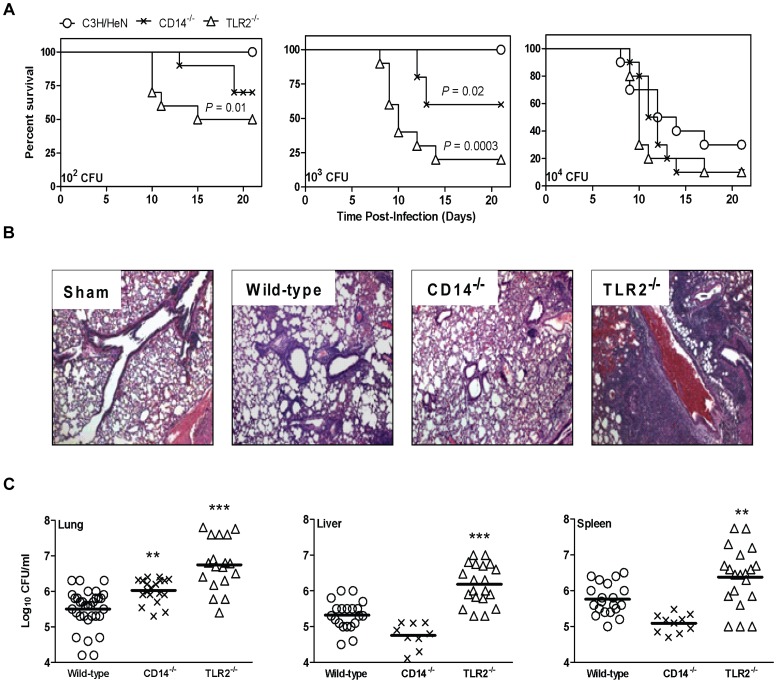Figure 1. CD14 and TLR2 deficiency impairs host immunity to respiratory challenge with Francisella tularensis (Ft).
(A) Wild-type (C3H/HeN) mice and their CD14−/− and TLR2−/− counterparts were challenged intranasally (i.n.) with Ft LVS ranging in dosage from 102 to 104 colony forming units (CFU) and were monitored for survival. Results are expressed as Kaplan-Meier curves and P values determined by log rank test. The results show pooled data of two independent experiments (n = 6 mice per group or 12 mice total). (B) Histopathological changes in the lungs of C3H/HeN mice and the respective mutant counterparts were evaluated 7 days post i.n. infection (p.i.) with 103 CFU of Ft LVS. Lung sections of sham-inoculated mice served as a control. Magnification 100×. (C) C3H/HeN and the respective mutant counterparts were inoculated i.n. with 103 CFU of Ft LVS. At day 7 post-infection, mice were sacrificed and homogenates of the lungs, liver, and spleen were plated for determination of bacterial burden. Results represent the mean ± SEM of CFU counts from two to three independent experiments (n = 6 mice per group or 12 to 18 mice total). (All results shown were subjected to One-way ANOVA with Bonferroni's Post-test, *P<0.05, **P<0.01, ***P<0.001).

